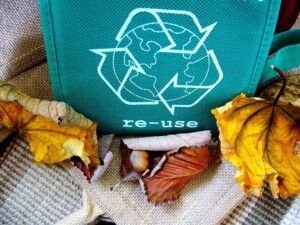How To Make Your Business Green

Increasing numbers of businesses are embracing environmentally friendly practices in the workplace. Among the most important green trends are renewable energy, eco-friendly appliances, and effective recycling systems. This kind of environmental stewardship can reduce a company’s carbon footprint dramatically while simultaneously lowering costs and boosting earnings. The following are a few basic techniques to make your company environmentally friendly.
Reduce Energy Usage
Energy waste can be reduced in the workplace by following a few easy steps. In addition to reducing your carbon footprint, this will also save you money in the long term by reducing your energy use. You can save a lot of energy at your company by following these tips:
- Make the switch to energy-saving appliances and make sure all of your appliances are set to the most efficient program.
- Use LED bulbs instead of incandescent lights wherever possible. LEDs typically use between 25% and 80% less energy than incandescent lights and last between three and twenty times as long.
- Employees should be encouraged to unplug any electrical equipment from the wall when they leave the office or when they are not in use during the working day.
- Reduce the need for artificial lighting by making the most of available natural light.
- Speak to experts in your industry, such as looking into environmental consulting for the energy industry .
Have An Efficient Recycling Program
Efficient recycling is a crucial part of any business that tries to be green. So, you should start by looking for ways to get rid of trash at work more efficiently. By doing a waste audit, you can find out how much trash your business makes, which will help you make a good recycling program. Make sure you tell your employees about your new recycling policies and teach them the best ways to be green. You also have to choose what will be recycled.
Cardboard, paper, and plastic are common office items that can be recycled. However, it’s important to remember that many other things, like ink cartridges and equipment, can also be recycled. It is also important to keep things that can be recycled separate and store them well so they are ready to be taken to recycling centers.
Use Renewable Energy
Using renewable energy is a good way to reduce your carbon footprint and harmful emissions right away. It is also a very visible way to show that you support environmentally friendly practices, and that is something customers are actively looking for these days. Also, renewable energy sources like solar and wind power are easier to get to than ever before, so any business can switch.
Putting solar panels on your business building is quick and easy, and in the long run, you might even make money from it. This is because once you’ve paid for the initial costs of installation, you’ll have access to free energy. Because of this, solar panels have become a good investment for many businesses that want to be more environmentally friendly and save money on their utility bills.


